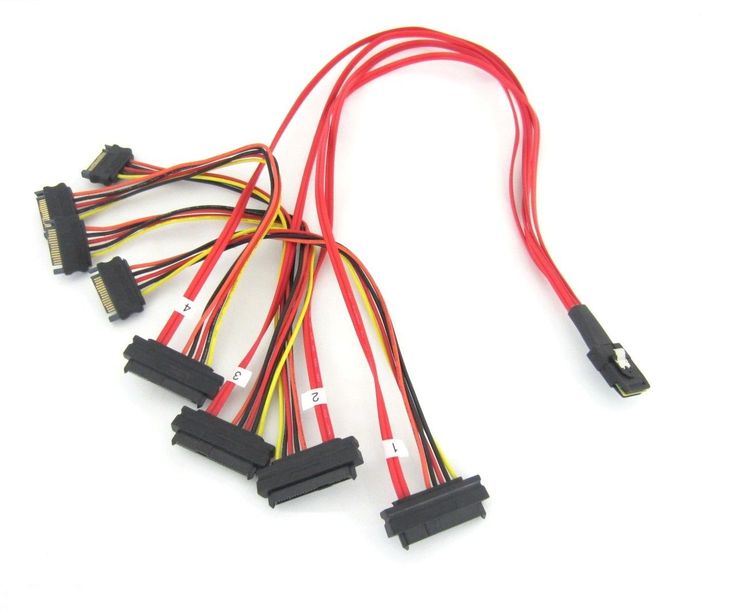A wire harness (also known as a cable assembly, loom, or wiring harness) is a systematic grouping of wires, cables, and other components such as connectors, terminals, and sometimes protective coverings like insulation or sheathing. Wire harnesses are used to transmit power, signals, or data between various parts of an electrical system, and they are commonly found in industries such as automotive, aerospace, telecommunications, and manufacturing.
Wiring Harnesses come in several types based on their specific function, design, and application. Some of the main types include:
1. Automotive Wire Harnesses
- Used in vehicles for electrical systems.
- Connects various electrical components, like the engine, lights, dashboard, and more.
- Often includes specialized protection like heat shrink tubing or braided coverings to protect against heat and wear.
2. Aerospace Wire Harnesses
- Designed for use in aircraft, satellites, or spacecraft.
- Built to withstand extreme temperatures, vibration, and other harsh conditions.
- Often made with high-performance materials to ensure reliability and safety.
3. Industrial Wire Harnesses
- Used in machinery and equipment.
- Can be designed for a variety of environments, including high temperatures or corrosive environments.
- Often has customized designs to fit specific machinery.
4. Medical Wire Harnesses
- Used in medical devices and equipment.
- Must meet stringent safety and reliability standards, often requiring biocompatible materials.
- Generally involves smaller, more intricate designs for compact equipment.
5. Data Communication Wire Harnesses
- Used to transfer data between devices.
- May involve specialized cables for high-speed data transmission like fiber optic or twisted-pair cables.
- Can be found in computers, telecom systems, and networking equipment.
6. HVAC Wire Harnesses
- Found in heating, ventilation, and air conditioning systems.
- Responsible for connecting the electrical components of HVAC systems.
- Often designed to withstand extreme temperature conditions and environmental factors.
7. Custom or Specialty Wire Harnesses
- Tailored to unique applications where a standard harness may not be sufficient.
- May involve specific connector types, wire gauges, or layouts based on client requirements.
Key Components of a Wire Harness
- Wires: Conductors that transmit power, data, or signals.
- Connectors: Devices used to join multiple wires or connect the harness to components.
- Terminals: Attach wires to connectors, switches, or other parts.
- Insulation: Protects the wires from external elements and electrical interference.
- Covering: Sheathing or braided coverings for physical protection of wires.
- Straps or Ties: Used to bundle and organize the wires.
If you are designing or working with wire harnesses, you will need to understand the specific type of harness required for your application, the materials used, and any standards that must be followed (such as UL, IEC, or SAE standards).


Comments are closed